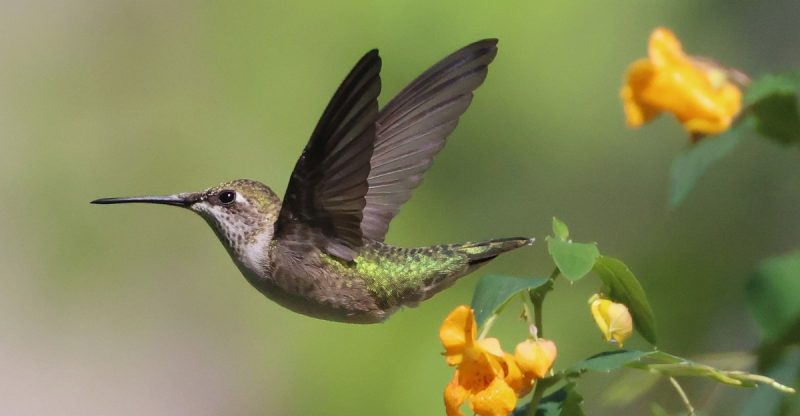
Hummingbirds, those tiny, buzzing jewels of the garden, rely on nectar for their high-energy lifestyles. With the widespread loss of their natural habitats, many well-meaning people set up hummingbird feeders to supplement their food sources, especially during migration. And while feeders can indeed help boost local hummingbird populations, there’s a crucial caveat: improper maintenance can turn these lifelines into deadly traps.
The problem lies in the sugar water itself. Left to sit, the solution spoils, becoming a breeding ground for harmful microbes. These microbes can cause infections, particularly candida, a type of yeast that leads to swollen tongues, making it difficult for the tiny birds to feed, ultimately resulting in starvation. Wildlife rehabilitators report a significant number of hummingbirds requiring rescue due to these feeder-related infections, often exhibiting swollen tongues, lesions, or lethargy.
Fortunately, the solution is simple: regular cleaning and proper sugar-water preparation. The ideal recipe is straightforward: one part refined white sugar to four parts purified water (avoid distilled water, as it lacks essential trace minerals). Dissolve the sugar in the water, and cool before filling the feeder. Crucially, avoid using other types of sugar or sweeteners, and skip the red food coloring— hummingbirds are attracted to the red feeders themselves, not artificial coloring.
Cleaning frequency is key. During peak seasons (spring and fall), aim to clean the feeder every two to three days. In summer’s heat, daily or every other day cleaning is essential. A simple rinse with hot water is sufficient for frequently cleaned feeders. However, if mold is present or it’s been a while, a scrub with a vinegar and water or hydrogen peroxide solution is necessary. Ensure the feeder is thoroughly dry before refilling to prevent bacterial growth.
If the thought of constant cleaning is daunting, or if you want to go the extra mile for these tiny creatures, consider planting native hummingbird-friendly wildflowers. Many online resources, like the National Audubon Society’s website, can help you identify the best plants for your region. And, should you ever encounter an injured hummingbird, reach out to your local wildlife rehabilitator for assistance.
By following these simple guidelines, you can ensure that your hummingbird feeder truly benefits these amazing birds, providing a much-needed supplementary food source without inadvertently contributing to their decline. Remember, a little care can go a long way in protecting these vital pollinators.










